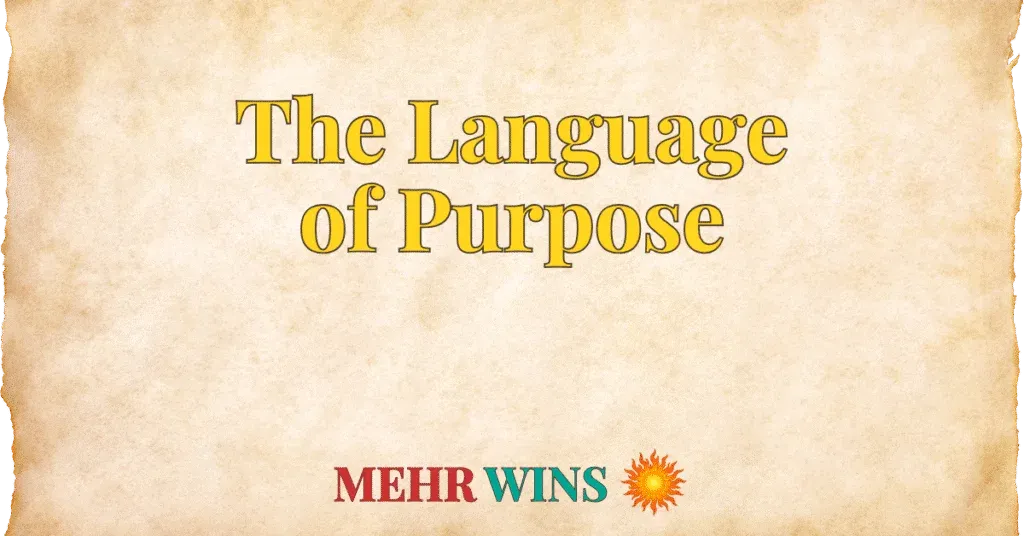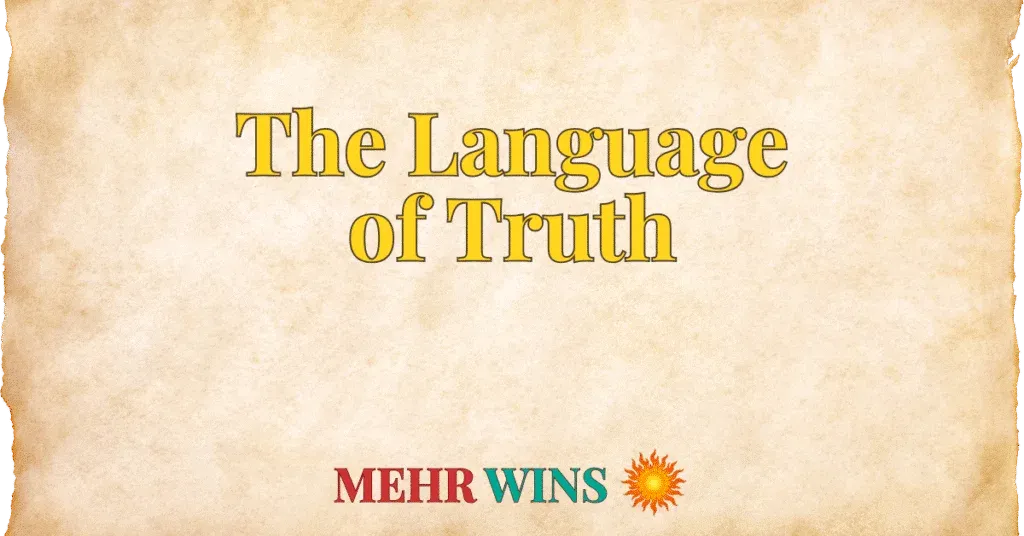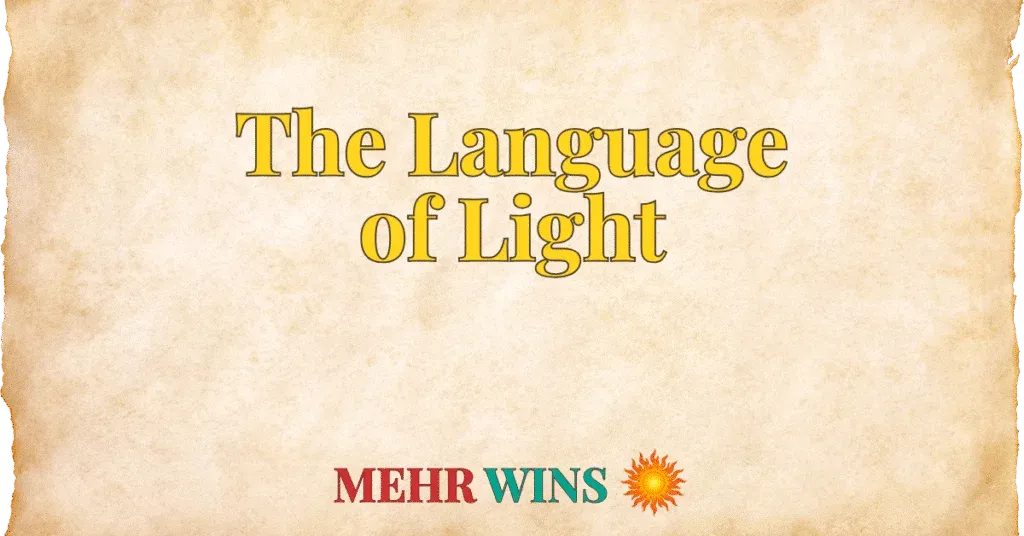
Purpose gives shape to our days and meaning to our efforts. It’s the quiet drive behind each decision, the spark that moves us forward, and the thread that ties our experiences together. It isn’t just about goals. It’s about why we care, what we stand for, and where we feel called to go. Purpose can be found in our passions, our responsibilities, our relationships, and even our struggles. It’s a compass that helps us align with something greater than ourselves. In Persian, this sense of deeper direction is expressed through layered and soulful words that reflect both intention and destiny. These ten words speak to purpose as a guiding force, rooted in meaning, driven by heart, and essential to the work of becoming.
1. هدف Hadaf (ha-daf) – goal, aim, objective, target
Hadaf is the most common word for a goal or aim, representing a specific target or objective one strives to achieve. It provides a clear direction for effort and intention.
Example: “His clear hadaf helped him stay focused despite distractions.”
2. مقصود Maqsūd (maq-sood) – intention, objective, aim (that which is sought)
Maqsūd refers to the intended aim or objective, the desired outcome that is being pursued. It’s what one intends to achieve or what is specifically sought after.
Example: “His maqsūd in life was to bring joy to others.”
3. نیت Ni’at (ni-yat) – intention, aim, purpose (often moral/spiritual)
Ni’at signifies a deep, heartfelt intention or aim, often carrying moral or spiritual weight. It is the sincere purpose behind an action, coloring its very essence.
Example: “Her charitable acts were driven by a pure ni’at.”
4. قصد Qasd (qasd) – intention, aim, design
Qasd denotes an intention, aim, or design for a future action. It’s the conscious decision to do something, forming the deliberate purpose of one’s will.
Example: “He declared his qasd to dedicate his life to learning.”
5. منظور Manzūr (man-zoor) – aim, object, meaning, intention
Manzūr indicates an aim, objective, or the intended meaning behind something. It refers to what is meant or purposed, often in communication or action.
Example: “His manzūr was to create a lasting legacy of kindness.”
6. غایت Ghāyat (ghā-yat) – ultimate goal, end, supreme purpose
Ghāyat signifies the ultimate goal, the final aim, or supreme purpose. It carries a philosophical weight, referring to the ultimate reason or end point of existence or a journey.
Example: “The ghāyat of their spiritual path was inner peace.”
7. راه Rāh (rāh) – path, way, road (metaphorical for life’s purpose)
Rāh is a path, way, or road, often used metaphorically to represent one’s life’s journey or chosen purpose. It implies the course one takes towards their ultimate aim.
Example: “She embarked on a new rāh in her career, seeking greater meaning.”
8. وظیفه Vazīfeh (va-zee-feh) – duty, responsibility, function
Vazīfeh refers to a duty, responsibility, or function, often connecting to one’s perceived role or purpose in a given context. It’s purpose defined by obligation or contribution.
Example: “He saw it as his vazīfeh to protect the vulnerable.”
9. رسالت Rasālat (ra-sa-lat) – mission, calling, profound purpose
Rasālat signifies a profound mission or calling, often with a sense of divine or deeply personal importance. It implies a destiny or a significant purpose one feels compelled to fulfill.
Example: “She felt her rasālat was to advocate for environmental justice.”
10. معنا Ma’nā (mah-nā) – meaning, significance, sense
Ma’nā refers to meaning or significance, indicating that which gives purpose and understanding to life or an action. Purpose is intrinsically tied to finding ma’nā in one’s existence.
Example: “He searched for the deeper ma’nā in his experiences.”
Pronunciation Note
To help with pronunciation, Persian transliterations often use the following consonant markers:
• gh – a throaty sound, like French r (غ / ق)
• kh – a deep “h” sound, like the ch in Bach (خ)
• zh – like the s in measure (ژ)
• sh – like sh in shine (ش)
• ch – like ch in cheese (چ)
Stressed syllables are shown in bold within the pronunciation.
Italicized words in parentheses reflect how to say the word phonetically.



